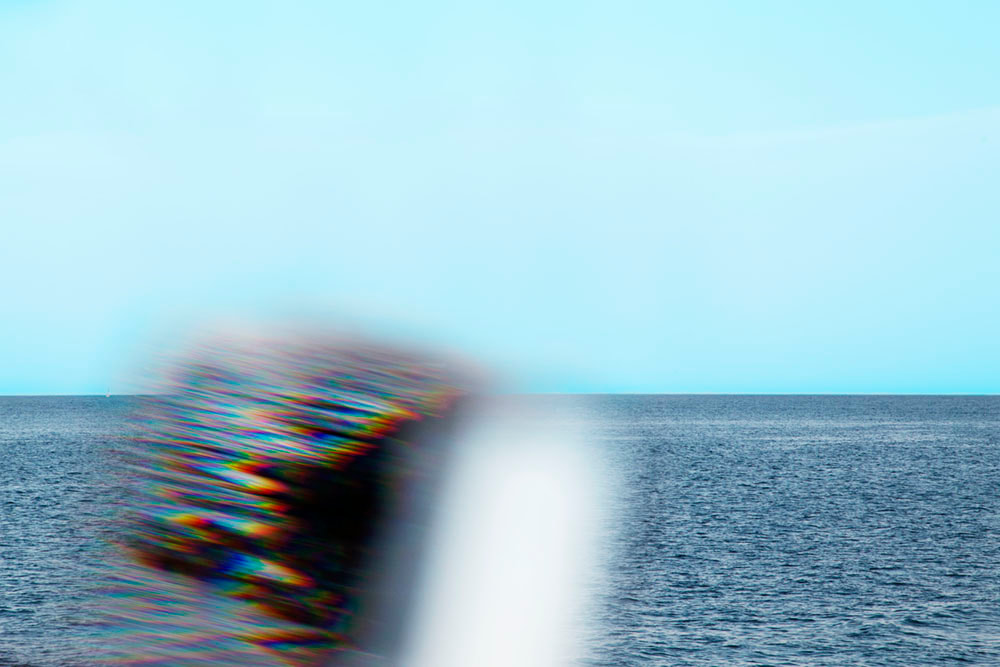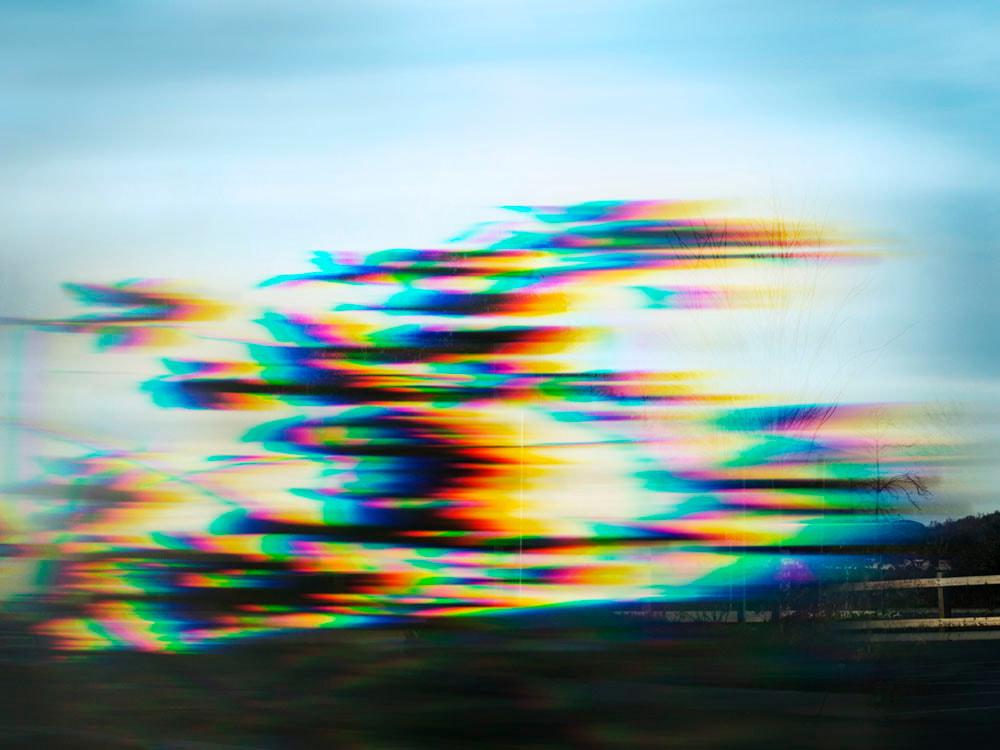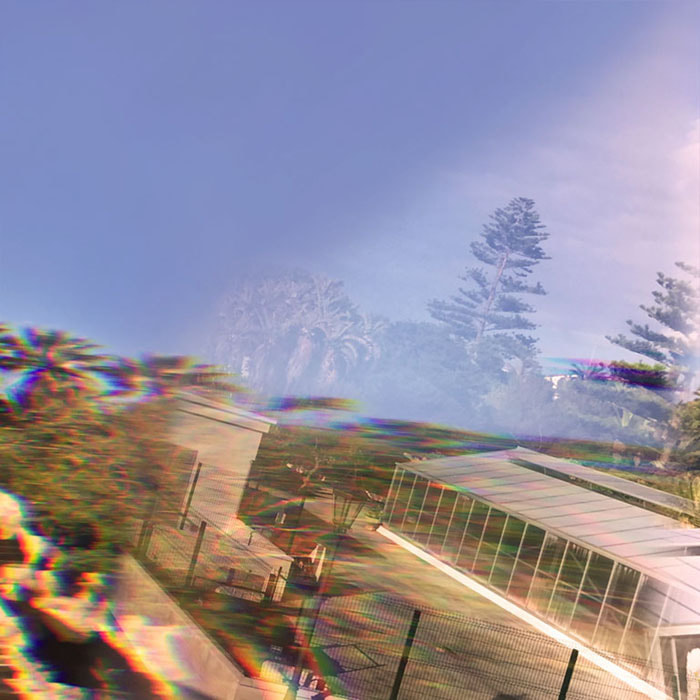Annie Briard | Paracosmic Sun | 2017
So long as there have been human beings, there has been an implicit link between a person’s place in the world and her ability to see. More than the other senses combined, we rely on vision to situate ourselves in our society and environment. “Soon after we can see,” wrote the recently departed John Berger in his classic Ways of Seeing, “we are aware that we can also be seen. The eye of the other combines with our own eye to make it fully credible that we are part of the visible world.”
For some years, Vancouver artist Annie Briard has made it her business to examine light, sight and the act of looking. Many of Briard’s works--including the images in this exhibition, Paracosmic Sun--have taken as their starting point the various turns our understanding of these phenomena has taken over the history of science.
In an earlier light-box drawing titled Lighted (2016), for example, Briard imagined the act of seeing as a diagram using early modern (1500s–1700s) scientific drawing conventions. The diagram depicted extramission, a theory according to which vision occurs because our eyes emit rays of light or “fire.” Today this theory seems absurd, if poetic; yet in its day it boasted heavyweight advocates (Plato, Euclid, Ptolemy) and persisted even into the modern era.1
Paracosmic Sun blends science history with psychology. Paracosms are complex imaginary worlds, usually created in childhood but sometimes sufficiently compelling and detailed to persist into adulthood. In children, paracosms are often seen as attempts to create agency and thus as signs of high intelligence or creativity.
Briard developed the project during a 2016 residency in Cadiz, Spain, taking photographs from the city’s many strategic watchtowers. Cadiz has long been well known for its watchtowers: in the 1800s, it had 160 such towers; today, 126 remain. From these vantage points, Briard photographed the city’s surroundings using prisms and handmade lenses fashioned from the disused optical components of military materiel (gun sights).
Each resulting image, still or moving, thus mimics the notion of crystalline vision, partially deconstructed and reconstructed according to the colours of the visual light spectrum, the building blocks of our visual perception. Here, Briard draws from another obsolete theory of vision, which has it that the eye contains a small crystal that carefully shapes or prepares external light for us, mediating and representing the world around us so that we may understand it. Like extramission, this crystal theory seems both beautiful and absurd today. (Or maybe not so absurd: research has shown, after all, that the eyes of flies grow in a manner that mimics crystal formation!)
Briard’s photographs seem as though they could be digital errors, with recognizable natural and architectural features (palms, balustrades, clouds, high-rises, a seawall) bumping up against sunbursts, geometrical shapes and swooshes or scribbles of bold colours. The images are paracosmic, suggesting an extended world of daydream. The purpose of the watchtower—that is, to tilt Berger’s sight-lines binary, above, in favour of the self at the expense of the other--is toppled, as the visual data becomes confusing, inviting questions as to what is and isn’t reality. The viewer finds himself in the impossible condition of a daydreamer who seeks to differentiate real worlds from paracosmic ones.
In certain respects, the crystal theory isn’t so implausible. Certain readers may recall that standard of high-school biology class, the cow’s-eye dissection. The operation’s highlight--popping out the lens, resting it on a textbook page and observing the magnified text--invites a key insight, namely that in humans, as in animals, flesh and information are indivisibly linked. Separated from moisture and refrigeration, the bovine lens becomes desiccated and loses its ability to mediate sensory information. The eye is indeed a little crystal, but an entirely fleshy one, which, by virtue of its intractable link to the greater organism, shares the latter’s limitations, including the will to dream during the daytime.
-- Exhibition text by Edwin Janzen
For some years, Vancouver artist Annie Briard has made it her business to examine light, sight and the act of looking. Many of Briard’s works--including the images in this exhibition, Paracosmic Sun--have taken as their starting point the various turns our understanding of these phenomena has taken over the history of science.
In an earlier light-box drawing titled Lighted (2016), for example, Briard imagined the act of seeing as a diagram using early modern (1500s–1700s) scientific drawing conventions. The diagram depicted extramission, a theory according to which vision occurs because our eyes emit rays of light or “fire.” Today this theory seems absurd, if poetic; yet in its day it boasted heavyweight advocates (Plato, Euclid, Ptolemy) and persisted even into the modern era.1
Paracosmic Sun blends science history with psychology. Paracosms are complex imaginary worlds, usually created in childhood but sometimes sufficiently compelling and detailed to persist into adulthood. In children, paracosms are often seen as attempts to create agency and thus as signs of high intelligence or creativity.
Briard developed the project during a 2016 residency in Cadiz, Spain, taking photographs from the city’s many strategic watchtowers. Cadiz has long been well known for its watchtowers: in the 1800s, it had 160 such towers; today, 126 remain. From these vantage points, Briard photographed the city’s surroundings using prisms and handmade lenses fashioned from the disused optical components of military materiel (gun sights).
Each resulting image, still or moving, thus mimics the notion of crystalline vision, partially deconstructed and reconstructed according to the colours of the visual light spectrum, the building blocks of our visual perception. Here, Briard draws from another obsolete theory of vision, which has it that the eye contains a small crystal that carefully shapes or prepares external light for us, mediating and representing the world around us so that we may understand it. Like extramission, this crystal theory seems both beautiful and absurd today. (Or maybe not so absurd: research has shown, after all, that the eyes of flies grow in a manner that mimics crystal formation!)
Briard’s photographs seem as though they could be digital errors, with recognizable natural and architectural features (palms, balustrades, clouds, high-rises, a seawall) bumping up against sunbursts, geometrical shapes and swooshes or scribbles of bold colours. The images are paracosmic, suggesting an extended world of daydream. The purpose of the watchtower—that is, to tilt Berger’s sight-lines binary, above, in favour of the self at the expense of the other--is toppled, as the visual data becomes confusing, inviting questions as to what is and isn’t reality. The viewer finds himself in the impossible condition of a daydreamer who seeks to differentiate real worlds from paracosmic ones.
In certain respects, the crystal theory isn’t so implausible. Certain readers may recall that standard of high-school biology class, the cow’s-eye dissection. The operation’s highlight--popping out the lens, resting it on a textbook page and observing the magnified text--invites a key insight, namely that in humans, as in animals, flesh and information are indivisibly linked. Separated from moisture and refrigeration, the bovine lens becomes desiccated and loses its ability to mediate sensory information. The eye is indeed a little crystal, but an entirely fleshy one, which, by virtue of its intractable link to the greater organism, shares the latter’s limitations, including the will to dream during the daytime.
-- Exhibition text by Edwin Janzen







